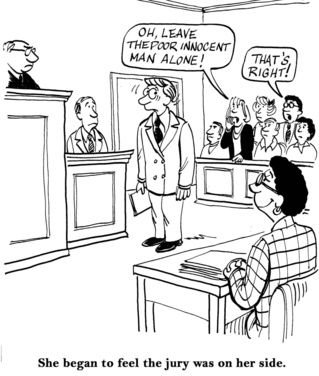


It is indeed appropriate for prosecutors to discuss reasonable doubt after all the burden of proof rests on the prosecution alone and it is the. The precise meaning of words such as "reasonable" and "doubt" are usually defined within jurisprudence of the applicable country. Despite warning from reviewing courts, well-intentioned prosecutors occasionally employ oversimplified diagrams and puzzles in an attempt to explain the reasonable doubt standard to juries. If doubt does affect a "reasonable person's" belief that the defendant is guilty, then the jury is not satisfied beyond "reasonable doubt". The term "reasonable doubt" is most commonly used. But this term extends beyond the latter, to the extent that it may be considered an impossible standard. Beyond "the shadow of a doubt" is sometimes used interchangeably with beyond reasonable doubt. Answer (1 of 2): Here's one I once used, even though it was in a losing cause: 'Ladies and gentlemen, here's how I suggest you consider the issue of reasonable doubt. There can still be a doubt, but only to the extent that it would not affect a reasonable person's belief regarding whether or not the defendant is guilty. Proof beyond a reasonable doubt is proof that fully satisfies or entirely. This means that the version of events being presented by the prosecution must be proven to the extent that there could be no "reasonable doubt" in the mind of a "reasonable person" that the defendant is guilty. Section 101.10 of North Carolina’s pattern jury instructions states: A reasonable doubt is a doubt based on reason and common sense, arising out of some or all of the evidence that has been presented, or lack or insufficiency of the evidence, as the case may be. Generally, the prosecutor has the burden of proof and is required to prove their case to this standard. Evidence that is beyond a reasonable doubt is the standard of evidence required to validate a criminal conviction in most adversarial legal systems.


 0 kommentar(er)
0 kommentar(er)
